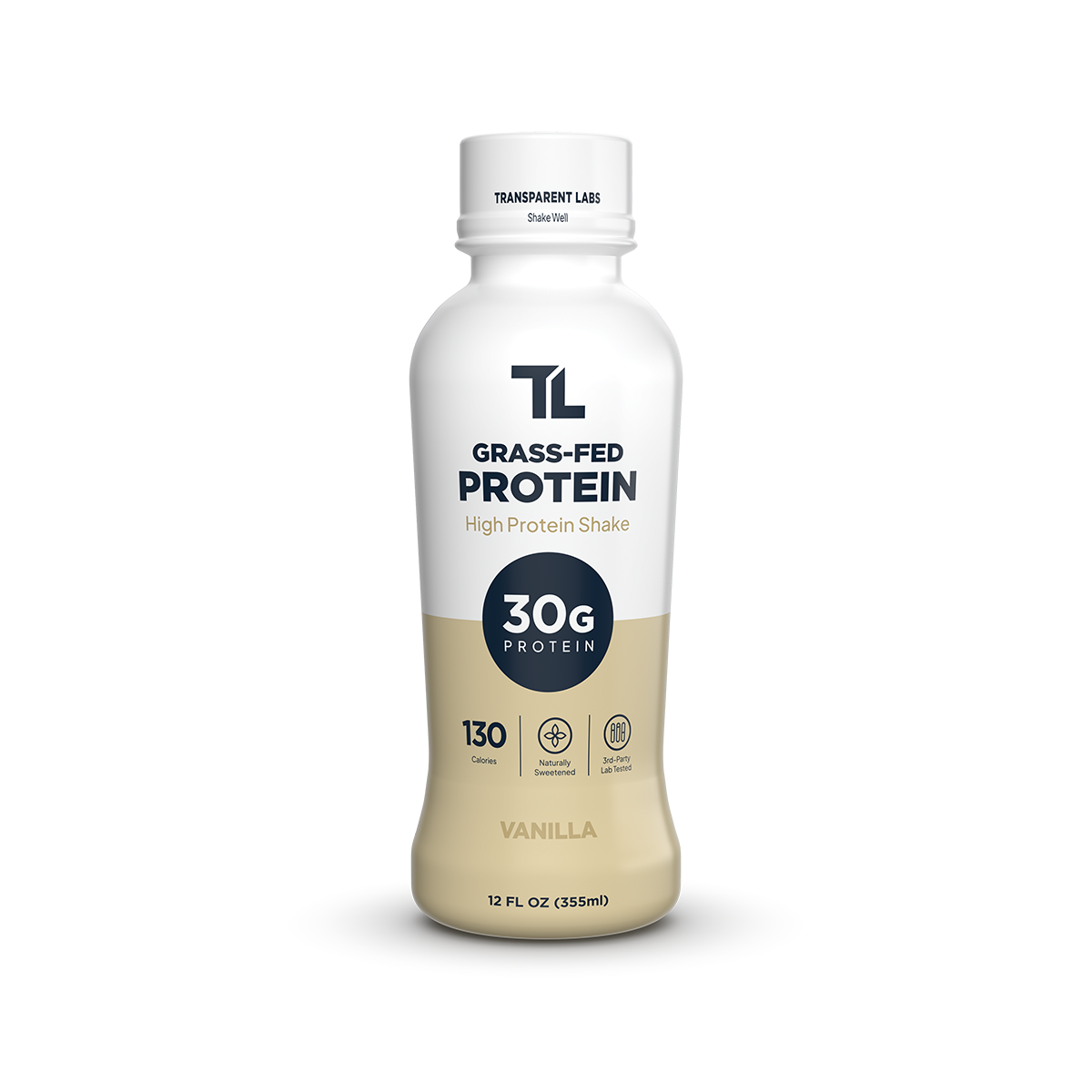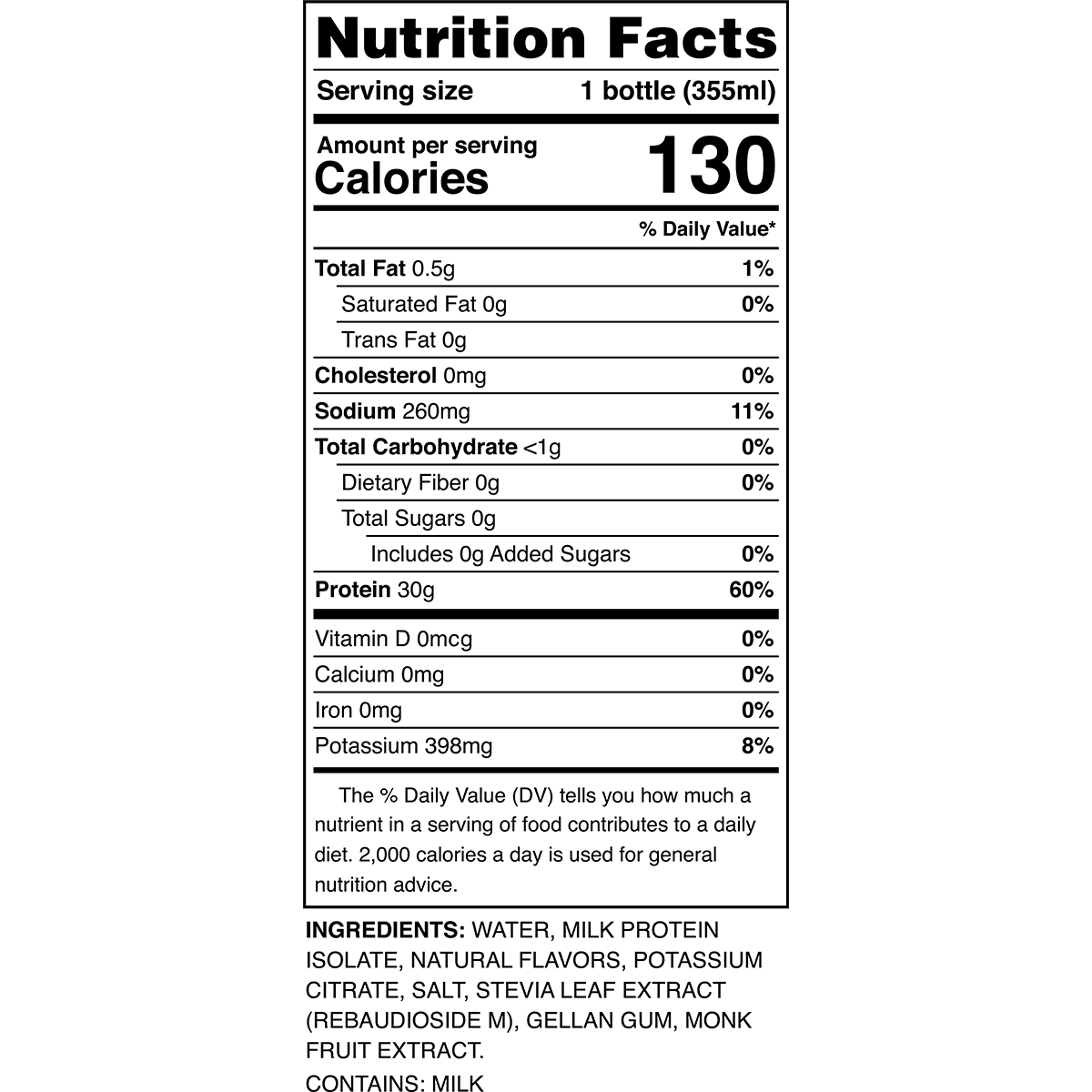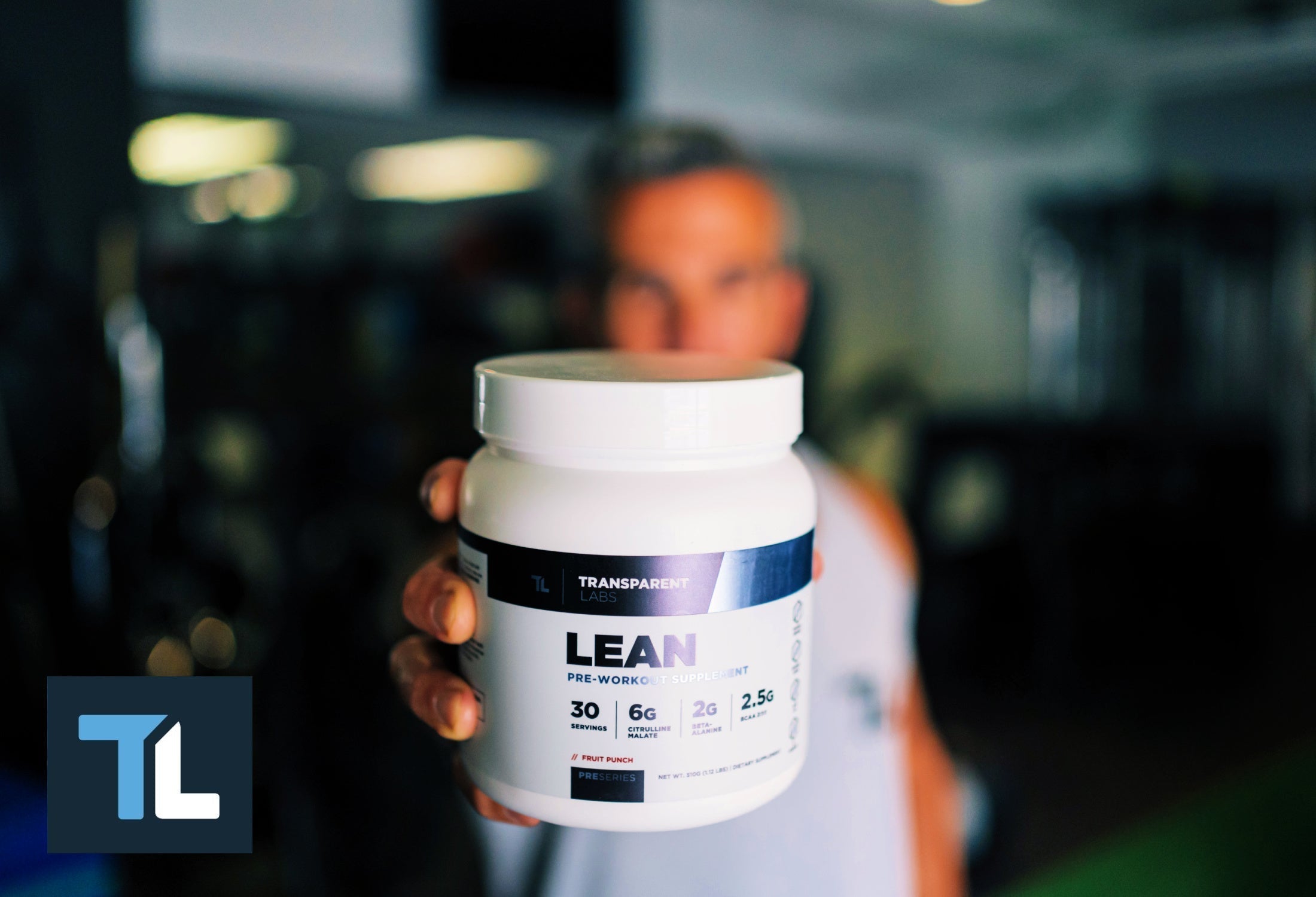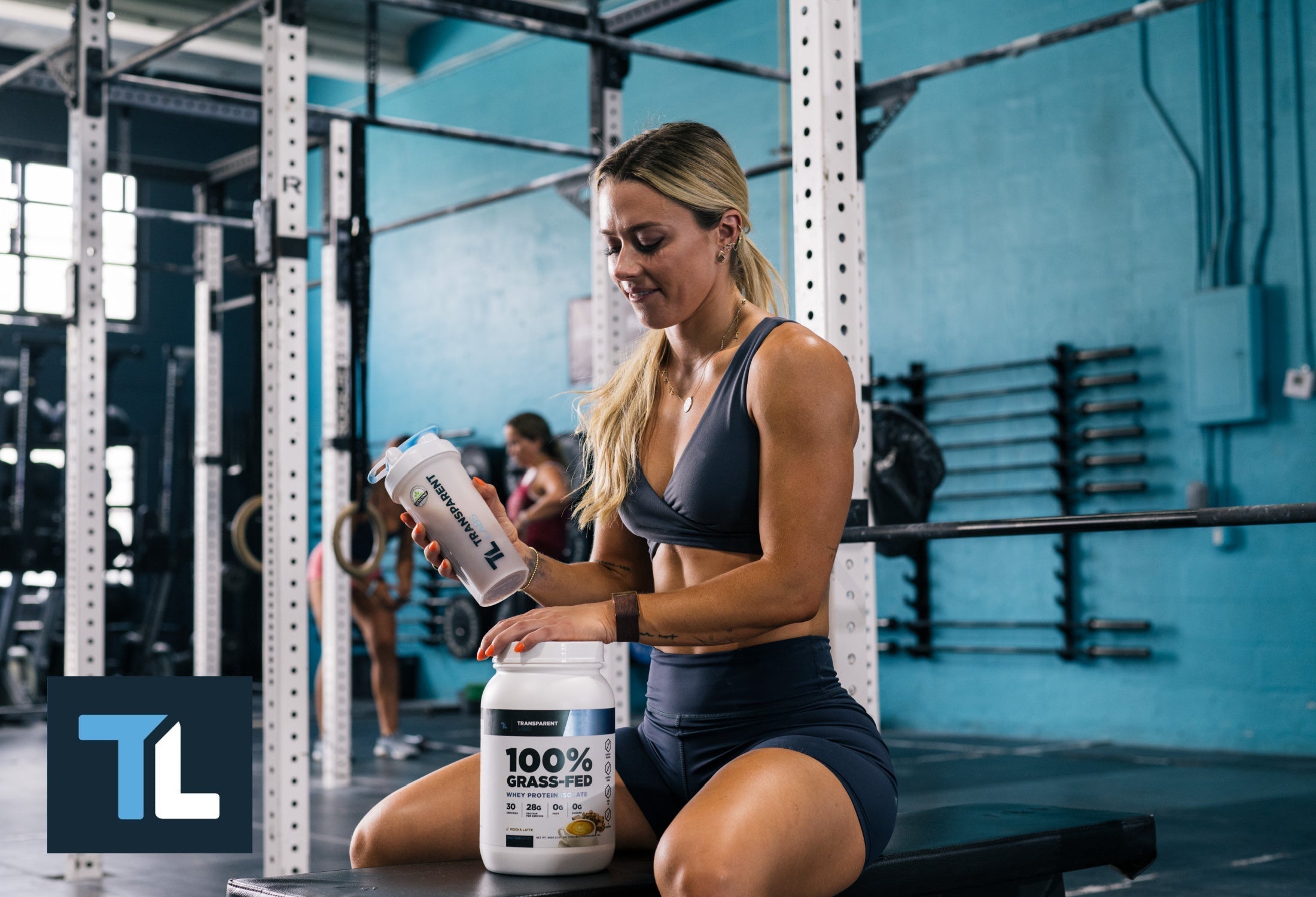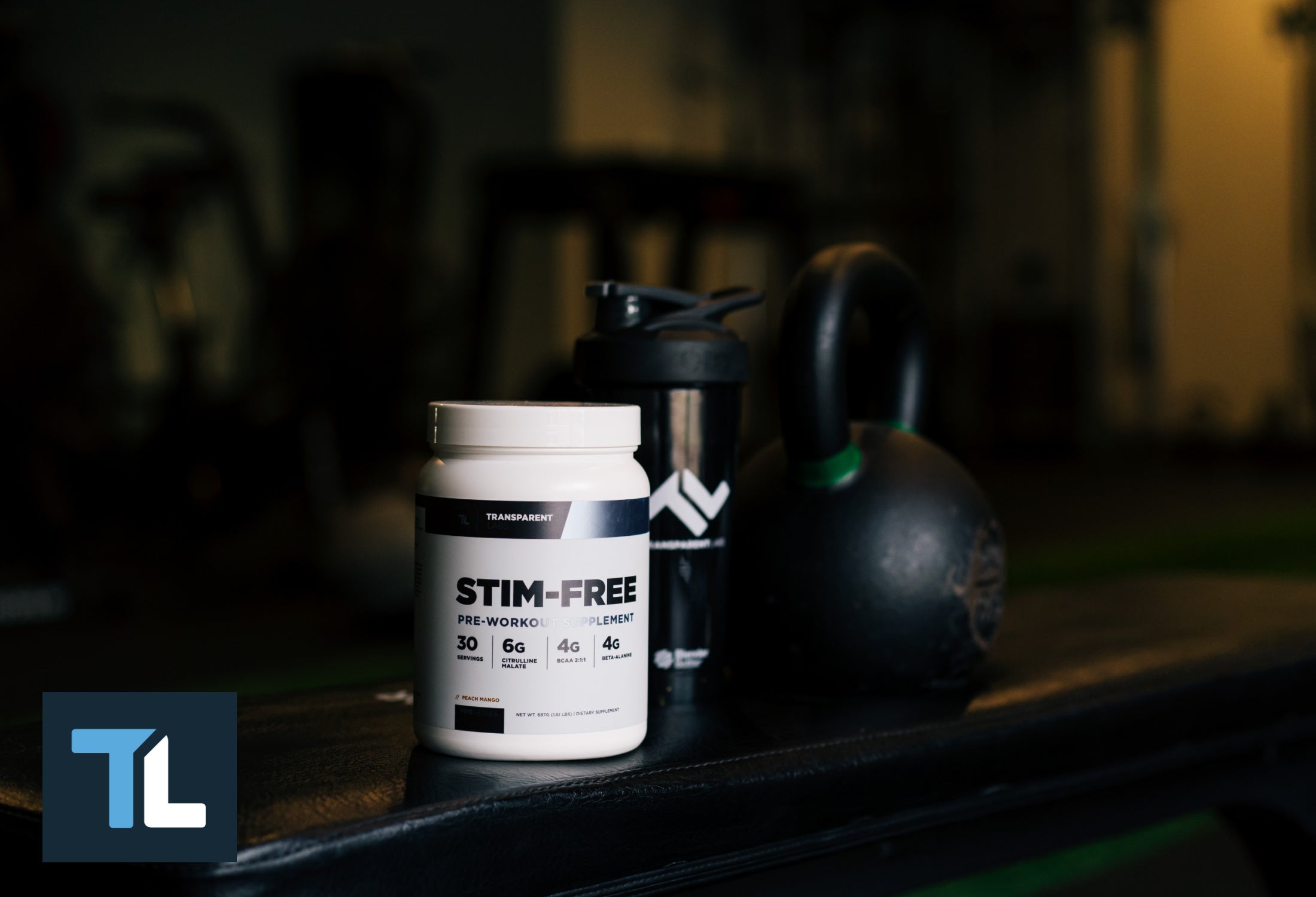The evidence of how the accessibility and availability of protein shakes have exploded over the last 20 years is all around you. Two decades ago, protein powders were relegated to the shelves of specialty nutrition shops, and if you were fortunate, you might have been able to find a container or two of protein powder near the snack food aisle of your local pharmacy.
Today, there is seldom a time when you walk into a supermarket or a gas station and not find an array of ready-to-drink (RTD) protein options taking up entire rows of the refrigeration units in the dairy section or beverage aisle. Clearly, the public acknowledgement of protein as a vital contributor to dietary health has increased exponentially.
Unfortunately, what has not yet become common knowledge is the notion that all forms of protein are not of equal quality, and this lack of distinction is particularly prevalent among fans of RTD protein shakes.
With every ready-to-drink protein shake claiming to offer you convenient protein in the quantity you’re looking for, how can you spot the shake that’s best suited to safely satisfy your needs? Fear not. There are six places you can search on the protein shake’s packaging that will provide you with an informed answer, and conducting a quick scan using the information provided here will help you to separate the contenders from the pretenders.
Protein Source Matters
Before we delve into the distinctions between the varying qualities of protein, it is best for you to have an understanding of the different types of protein you are destined to encounter in the aisles of various stores. The label on each container may say “protein” on it, but there are differences between the proteins that can cause your experience with each of them to vary widely.
Whey Protein
The first forms of publicly available protein powder contained whey protein, which means that an entire generation of fitness enthusiasts and weight-loss seekers were raised with whey as the protein benchmark.
Whey was readily available for use as a supplemental protein source because it was a liquid byproduct of the cheesemaking process that could be easily dried and powdered. This is a good starting point for explaining the difference between whey protein concentrate and whey protein isolate.
The majority of ready-to-drink protein shakes that contain whey protein will feature whey protein concentrate as the star of the concoction. This is best understood as being the ordinary form of whey protein, which still contains trace amounts of carbohydrates, fat, and cholesterol following the process of being separated from casein. Also significant is the quantity of dairy allergens that remain present in whey protein concentrate.
If you desire a purer form of protein that contains less fat and carbohydrates, a reduced amount of cholesterol, and no lactose, then you should be on the lookout for whey protein isolate. It has undergone an additional level of filtration to eliminate anything impure or problematic that might be lingering within drinks made with whey protein concentrate. In essence, you’re ingesting pure protein, and little else that might lead to any undesired surprises.
Casein Protein
If you’ve made standard dairy products a regular component of your diet over the course of your life, then you’ve probably had countless interactions with casein protein. Approximately 80 percent of the protein in both ordinary milk and yogurt is casein protein, and it forms an even larger percentage of the protein in cheese due to the fact that the whey is removed during the cheesemaking process.
When you consume casein protein, you are consuming the same protein that composes cheese, but with nearly all of the cheese's substantial fat content stripped away. This makes casein a very familiar and highly palatable form of protein for most people.
The most significant difference between casein protein and whey protein has to do with their rate of digestion. Whey protein has a reputation for being a fast-acting protein that rushes amino acids to the muscles and tissues that are in need of rapid repair. This makes whey protein especially adept at quickly repairing muscles that have been strategically broken down by exercise, and particularly due to targeted resistance training.
By comparison, casein protein acts more slowly, prompting many people to consume it in snacktime situations when there is no obvious need for muscle repair. Casein protein is also popular for bodybuilders to take right before bedtime to capitalize on a slower release of amino acids that is intended to prevent the cannibalization of muscle tissue during sleep.
Finally, whey is significantly higher in branched-chain amino acid leucine content than casein is, so if you’re prioritizing muscle repair and growth that takes immediate effect, whey protein is likely to be your preferred protein source. However, it is worth noting that casein is teeming with proline, which is an amino acid that is especially beneficial with respect to boosting collagen content, and therefore prioritizing the health of your skin.
Regardless of the data, it is worth noting that most people are likely to notice little difference between the effectiveness levels of whey and casein protein if they consume them regularly. Groups of trained female swimmers separated into whey and casein study groups showed no differences in performance markers when supplementing with their respective proteins. (1)

Milk Protein Isolate
As what is essentially an ultrafiltered version of skim milk, milk protein isolate is fundamentally a blend of whey protein and casein protein, stripped of carbohydrates, fats, and lactose, and containing the beneficial properties of both forms of protein. As such, you receive the benefits of immediate muscle repair, coupled with a sustained release of additional amino acids to keep you satisfied long after your workout ends.
Because of this combined set of benefits, milk protein isolate can be a highly beneficial form of protein for you to drink at any time of the day, whether it’s immediately after a workout, or during moments when muscle recovery is less of a pressing need.
Plant-Based Protein
There are several reasons why you might be interested in a plant-based protein rather than one of the customary milk-derived protein sources containing whey or casein. These range from ethical concerns to general health and lifestyle considerations. However, the differences between individual plant-based proteins can be as broad as the oft-cited differences between plant and animal proteins.
The most common comparison between plant and animal protein powders is usually made between whey protein and soy protein. Although soy protein is rightly listed as a complete protein source, which means that it contains all of the protein required for tissue repair and muscle growth, it is severely limited in its peak capacity to craft muscles in comparison to whey protein on a gram-for-gram basis.
The essential amino acid content of whey is much higher in comparison to soy, as is whey’s branched-chain amino acid content. Of particular interest was a study demonstrating that artificially boosting the BCAA leucine was necessary to make soy protein and whey protein similar in terms of their ability to boost the muscle mass quantities of untrained lifters over a 12-week period. (2)
In accordance with this, combinations of other plant-based protein sources have been concocted to deliver performance results similar to the best animal proteins. For example, several vegan protein blends — with the combination of pea protein and rice being quite common — are able to craft amino acid combinations that closely mirror those of whey and casein.
Still, unless your ready-to-drink protein shake is providing you with a detailed breakdown of the amino acid content, it may be risky to assume that the beverage has been formulated with optimal amino acid delivery in mind.
Grass-Fed Dairy
A tell-tale sign that your ready-to-drink protein shake is derived from a superior protein source is the presence of the phrase “grass-fed dairy” on your drink’s label. This is because there are several assumptions you can instantly make about the protein provided by grass-fed cows, both in terms of quality and accountability.
First of all, the milk of grass-fed cows has been demonstrated to be of a higher average quality than the milk of grain fed cows with respect to its nutrient content. Second, the sourcing process of locating a grass-fed dairy means that the protein in your ready-to-drink protein shake is both ethically sourced and easily traced.
The matter of traceability is no small matter; third-party testing has exposed many popular protein powders for being laced with lead and other toxic metals. Thankfully, the process of sourcing protein from a grass-fed dairy has an easily followed chain-of-custody system woven into it. As a result, even though grass-fed dairies are less likely to produce a faulty protein sample, the same system also makes it easier to identify a problematic dairy if testing failure occurs.
What to Avoid
No matter what protein source is contained within your protein shake, you should at least have an expectation that your protein is of a high quality. Unfortunately, many protein shakes conceal their lower level of quality beneath terms that are intended to suggest that the protein might contain some secret element that boosts its effectiveness. Sadly, this is not the case.
The true value of a protein powder is contained within the quality of its protein source, the purity of the protein content, and the potency of its amino acid blend. Outside of that, there should be nothing within the protein powder contributing to its effectiveness that is worth protecting beneath the veil of a “proprietary blend.”
However, there are several low-quality protein concentrates that hide their insufficiency beneath this term. To help you avoid this problem with your ready-to-drink protein shakes, your best bet is to find a whey protein isolate — preferably from a grass-fed source — or a plant-based protein blend that is crystal clear about its contents and the ratio of proteins that it contains.
Here’s a helpful table to help you identify what to look for:
|
How to Select a Protein Source |
|
|
Avoid |
Proprietary Protein Blend |
|
Good |
Protein Concentrate |
|
Better |
Protein Isolate |
|
Best |
Grass-Fed Protein Isolate |
Protein-to-Calorie Ratio
From where we’re sitting, the ideal protein shake should administer 20 to 30 grams of complete protein to your body in a form of less than 200 calories. This makes sense when you understand the caloric value of protein and how your body reacts to its presence.
This figure also makes sense in light of the fact that most people’s bodies have trouble using quantities of protein higher than 30 grams at a time for tissue repair within a small time window, although the amino acid content still has value. The revised target of per-meal protein intake for people attempting to maximize muscle growth is 0.4 grams per kilogram of body weight per meal, or 32 grams for a 180 pound person. (3)
The first thing you want to understand is that the caloric value of a single gram of protein is four calories. In this case, the math is very simple; a protein shake that possesses 30 grams of protein will supply you with 120 calories that come solely from the protein content of the shake. Any other calories included must come from either carbohydrates or fat.
Second, you should consider your motivation behind consuming your ready-to-drink protein shake. Once you increase the caloric content beyond 200 calories, you begin to venture into the realm of an honest-to-goodness meal. If you’re looking for a meal-replacement option, this can be fine provided that the calories within the shake are coming from an appreciable nutrient source rather than empty calories from sugar.
If you’re not intending to use your protein shake as a meal replacement, but are instead viewing it as a pure supplement, or a rapid workout recovery tool, then an ideal efficiency metric for you to memorize is protein per 100 calories, or PPOC. A pure PPOC ratio would be ¼, or 0.25, since 25 grams of protein yields 100 calories on its own.
If your shake’s PPOC ratio dips below 0.15 — which is equivalent to 30 grams of protein per 200 calories — you’re strongly encouraged to find a different protein shake. It’s also helpful to know the number of ounces included in the protein shake to get a sense of how many additional calories worth of non-essential content are being reflected within the mixture. Ideally, you’re looking for the highest possible PPOC value, at the lowest number of calories per ounce.
For example:
|
Transparent Labs |
Premier Protein |
Fairlife Core Power |
|
|
Protein Type |
Grass-Fed Milk Protein Isolate |
Milk Protein Concentrate |
Filtered Grade-A Milk |
|
Serving Size |
12 oz |
11 oz |
14 oz |
|
Calories |
130 |
160 |
170 |
|
Protein Grams |
30 |
30 |
26 |
|
PPOC |
0.23 |
0.19 |
0.15 |
|
Calories per Oz |
10.8 |
14.5 |
12.1 |
Sugar & Sweeteners
Another common concern about ready-to-drink protein shakes is the amount of sugar that has been added to them simply for the sake of making them palatable, along with what type of sweeteners have been added in lieu of sugar.
If it’s impossible to have zero grams of sugar added to your protein shake, it would be ideal to have fewer than five grams (20 calories) worth of additional sugar mixed into it. You should also look out for sugar sources that are hidden under alternative names, including dextrins, maltodextrin, and syrup solids.
Then there is the matter of natural and artificial sweeteners. Several health concerns have been linked to the consumption of artificial sweeteners, not least of which is a vast array of digestive problems, which has been exposed through several studies. (4)
Instead of natural zero-calorie sweeteners like sucralose and acesulfame K, you should look for natural sweeteners like stevia and monk fruit. Both of these natural sweeteners are included in Transparent Labs grass-fed milk protein isolate, and your body can easily process both of them.
Ingredient List Transparency
When you peruse the ingredient list of a ready-to-drink protein shake, the process shouldn’t take you much time at all. Part of the reason for that is because the ingredient list should be extremely short, consisting of water, a protein source, a few contributors to the flavor, a sweetener, a salt, and an emulsifier to help the ingredients to blend together well. That’s it.
Beyond the list of ingredients you’ve just read, you’re likely to encounter things that probably shouldn’t be there. This includes heavily processed gums, preservatives, and artificial flavors and colors, the majority of which won’t sound like ingredients that you could purchase yourself from a grocery store.
If all is well, your protein shake should be able to abide by the standards of the Clean Label checklist. Adherence to this standard would obligate your protein shake to be non-GMO, that it contain no artificial fillers, and that it be third-party tested. Furthermore, if it possesses certifications from organizations like NSF or Informed Choice, you know that it passed testing of the most rigorous standards.
In the case of Transparents Labs ready-to-drink protein shake and all of our other products, we mandate that all of our products are ethically sourced and capable of passing the most stringent tests of quality, or we won’t sell them to you. That’s why Transparent Labs’ is an NSF-certified manufacturer, and our protein proudly displays the certification mark of Informed Choice.

Texture & Taste
Sadly, all of the effort that goes into developing a high quality protein shake would all be for naught if the product wasn’t enjoyable. Ultimately, most fitness enthusiasts will simply reach for the protein shake that they look forward to drinking on a daily basis if the tradeoff between flavor and perceived health benefits isn’t substantial enough.
Aside from sweetness and flavor, much of the enjoyability of a protein shake is attributable to its mouthfeel. No one wants to consume a chalky texture that lingers in their mouth long after the protein shake has disappeared. This is why stabilizers and thickeners are important for the sake of delivering a protein-packed beverage with a smooth, enjoyable texture.
Yes, thickeners can improve palatability of a protein shake, but they are also known to cause digestive issues. For example, xanthan gum has been linked to digestive issues and bloating. For this reason, Transparent Labs makes use of gellan gum, which is a more natural plant-based thickener that is so safe that it is even widely used in the medical industry.
Use Case Matching
When you’re deciding how to select a protein shake, it’s best to choose your shake and decide upon its requirements based on your specific needs. If you’re using it as a post-workout protein delivery mechanism or a mid-day snack, you’ll want to take great care to keep the calorie count as low as possible. If it’s intended as a meal replacement, you can stand to consume more nutrients in your shake, but you’ll want to ensure that the caloric intent was created from the cleanest sources possible.
As for the source of the protein itself, you should also weigh the benefits against the activity level of each type. For instance, if you’re looking for sustained amino acid release over an extended period of time, casein-based protein may be ideal for you. On the other hand, if you’re looking to recover as quickly as possible from a strenuous workout, whey is more closely aligned with your priorities.
Regardless of the protein type you select, remember not to allow the convenience of a ready-to-drink protein shake to cause you to compromise on quality. Your protein may be pre-mixed, but don’t allow its convenience to mix you up with respect to what’s healthiest for you.
Cost Per Serving vs Value
You might find yourself tempted to assess the value of your protein shake in terms of its price. Weighing the expense of a ready-to-drink protein shake is better conceptualized in terms of the number of dollars that you are spending for each gram of protein, as opposed to the price of each individual bottle. Obviously, the contents of each bottle are going to vary in terms of volume of liquid, and also the quantity and quality of each ingredient.
This latter point is an important one to consider, because higher quality proteins tend to cost more. The increased price tag associated with the higher quality proteins has everything to do with the additional steps required to produce them, from more stringent sourcing practices to the added steps it takes to refine the protein into a pure form.
It’s best to remember that you’re making an investment in your recovery and overall health, and not just buying a drink. Therefore, you’ll want to ensure that you’re not only getting your money’s worth, but you’re also making the most of your opportunity to improve your overall health.
Final Checklist: Questions to Ask Before Buying
The moment of truth finally arrives when you’re standing there with all of the ready-to-drink protein shake options displayed in front of you. These are the six questions that you should be asking before you make your final purchase decision:
Is the protein source high-quality and transparent?
Look for a protein source that is of the highest quality, like an isolate, and that is from a source that is easily traced and verifiable, like a grass-fed dairy.
How many grams of protein per 100 calories?
Make sure the ratio of protein to calories is as close to 0.25 as you can get to ensure that the protein content of the shake is both optimized and prioritized.
What’s the sugar content and sweetener type?
A natural sweetener will enable you to keep the number of empty calories you consume low while also preventing digestive issues.
Can I recognize every ingredient on the label?
If you can’t recognize or pronounce most of the ingredients on the label — if not all of them — chances are that the unrecognizable ingredients are going to elicit a sub-optimal response from your body if it is not instantly recognized as food.
Is it tested for quality and purity?
Given the number of protein supplements that contain lead and other toxic metals, certifications and other marks of third-party testing can help you confirm that you are making a safe purchase.
Will I actually enjoy drinking it?
More often than not, the deciding factor of whether or not you will consistently drink the same protein shake is whether or not you find yourself enjoying it as a tasty post-exercise treat. Yes, your protein shake may be healthy, but no one wants to drink something that leaves them with an unpleasant taste in their mouth.
|
How to Choose a Ready-to-Drink Protein Shake |
||
|
Yes! |
No! |
|
|
Protein Quality |
Grass-Fed Protein Isolate |
Proprietary Protein Blend |
|
Protein to Calorie Ratio |
0.20 or higher |
0.19 or lower |
|
Sweetener Type |
<2 grams for sugar; natural sweeteners |
>2 grams of sugar; unnatural sweeteners |
|
Ingredient List |
<10 ingredients; recognizable names |
>10 ingredients, unrecognizable names |
|
Product Testing |
One or more certifications for quality and purity |
No certifications for quality and purity |
|
Taste |
Enjoyable to Drink |
Not enjoyable to Drink |
Sources
-
Wilborn CD, Taylor LW, Outlaw J, Williams L, Campbell B, Foster CA, Smith-Ryan A, Urbina S, Hayward S. The Effects of Pre- and Post-Exercise Whey vs. Casein Protein Consumption on Body Composition and Performance Measures in Collegiate Female Athletes. J Sports Sci Med. 2013 Mar 1;12(1):74-9. PMID: 24149728; PMCID: PMC3761774.
-
Lynch HM, Buman MP, Dickinson JM, Ransdell LB, Johnston CS, Wharton CM. No Significant Differences in Muscle Growth and Strength Development When Consuming Soy and Whey Protein Supplements Matched for Leucine Following a 12 Week Resistance Training Program in Men and Women: A Randomized Trial. Int J Environ Res Public Health. 2020 May 29;17(11):3871. doi: 10.3390/ijerph17113871. PMID: 32486007; PMCID: PMC7312446.
-
Schoenfeld BJ, Aragon AA. How much protein can the body use in a single meal for muscle-building? Implications for daily protein distribution. J Int Soc Sports Nutr. 2018 Feb 27;15:10. doi: 10.1186/s12970-018-0215-1. PMID: 29497353; PMCID: PMC5828430.
-
Ruiz-Ojeda FJ, Plaza-Díaz J, Sáez-Lara MJ, Gil A. Effects of Sweeteners on the Gut Microbiota: A Review of Experimental Studies and Clinical Trials. Adv Nutr. 2019 Jan 1;10(suppl_1):S31-S48. doi: 10.1093/advances/nmy037. Erratum in: Adv Nutr. 2020 Mar 1;11(2):468. doi: 10.1093/advances/nmz112. PMID: 30721958; PMCID: PMC6363527.

